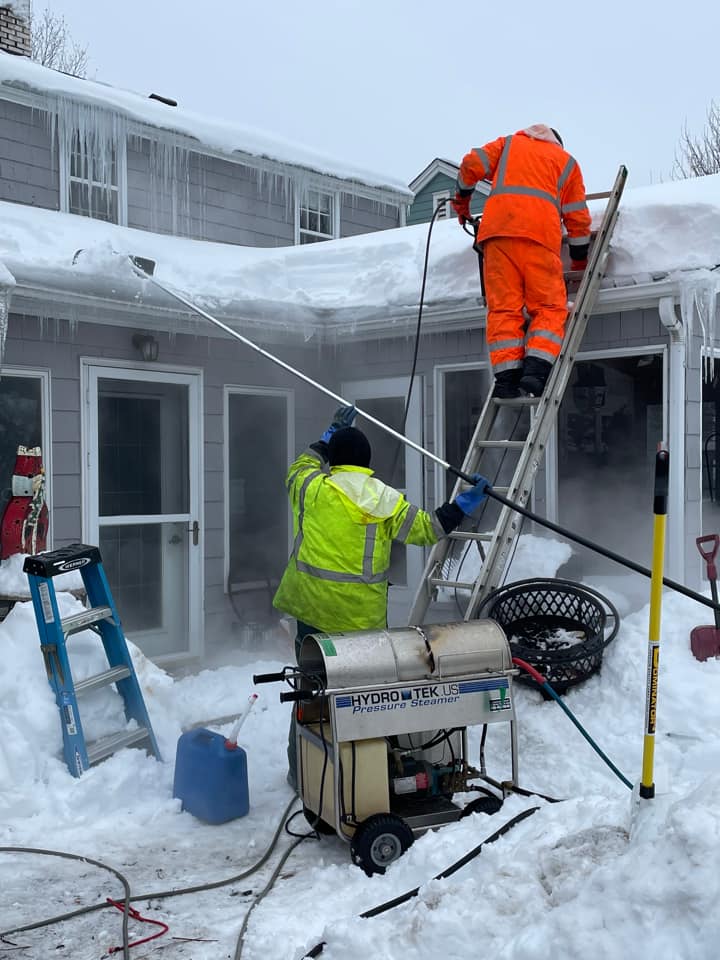JANUARY 13, 2023 – My dad was such a devout moderate he was paradoxically extreme. His inspiration might’ve been James Hilton’s classic, Lost Horizons, an old copy of which could be found on the shelves of my parents’ den. As the Buddhist monk in the story explained, “At the monastery we’re extreme in our moderation.”
I have distinct memories of Dad’s penchant for moderation. My favorite was his manner of adjusting the volume on the stereo system. He never twisted the knob hard one way or the other. He moved it with extreme precision to the exact middle of the mid-range—though as his hearing deteriorated in old age, I noticed the mid-range shifted.
Me? I’m moderately moderate about most things, but I’m extremely worried about extreme weather. I used to revel in the prospects of blizzards, booming thunderstorms, even tornadoes (I wanted to see one). No longer. Stark images of whole towns submerged or smashed up by record-shattering weather events take the fun out of “extreme.” As much as my wife maligns the rugged Minnesota winters, however, and I swear at the ice dams on the roof, we don’t plan to move (anytime soon) from Minnesota and its extremely long cold season. Where would we go? No part of the planet is immune to angry weather, the frequency and severity of which have increased in recent years.
It’s with nostalgia that we now recall alarmist talk about the “Big One” along the San Andreas Fault. Who could’ve predicted that in the midst of record drought, biblical rains from “atmospheric rivers” would do the job long assigned to tectonic plates?
Then there’s Alabama, torn to shreds by twisters—in January. Thousands of Floridians, meanwhile, remain in recovery mode in the wake of Nicole’s rampage across the state. Europe is at war with drought—when it’s not dealing with deluges. Pakistan is still reeling from last year’s unprecedented flooding.
Climate scientists—many cowed by outspoken deniers—are conspicuously cautious in public statements about probable links between extreme weather and anthropogenic-caused climate change. Ask insurance executives and company meteorologists and actuaries, however, and you’ll discover more certain conclusions about the nexus between aberrational weather and climate alteration. Nothing like billions in losses to convince people. Or staggering hikes in casualty insurance premiums or denial of coverage altogether for beachfront property . . . except . . . among members of the party of “No,” the power of denialism runs as deep as the seawater that inundated their living rooms in the wake of Nicole.
As the window closes fast on our will and ability to reduce greenhouse emissions, we’ll need to shift quickly and radically to address the effects rather than causes of climate change. If extreme weather should prompt greater than moderate concern, the prospect of California washing away isn’t yet reason to abandon hope for the rest of the mother ship. Absent thermo-nuclear war, the planet’s ecosystem—including humankind—is as resilient as it is fragile. Perhaps we’ll figure out how to save ourselves, if not the planet’s glaciers, before we succumb to self-extinction.
(Remember to subscribe to this blog and receive notifications of new posts by email.)
© 2023 by Eric Nilsson
